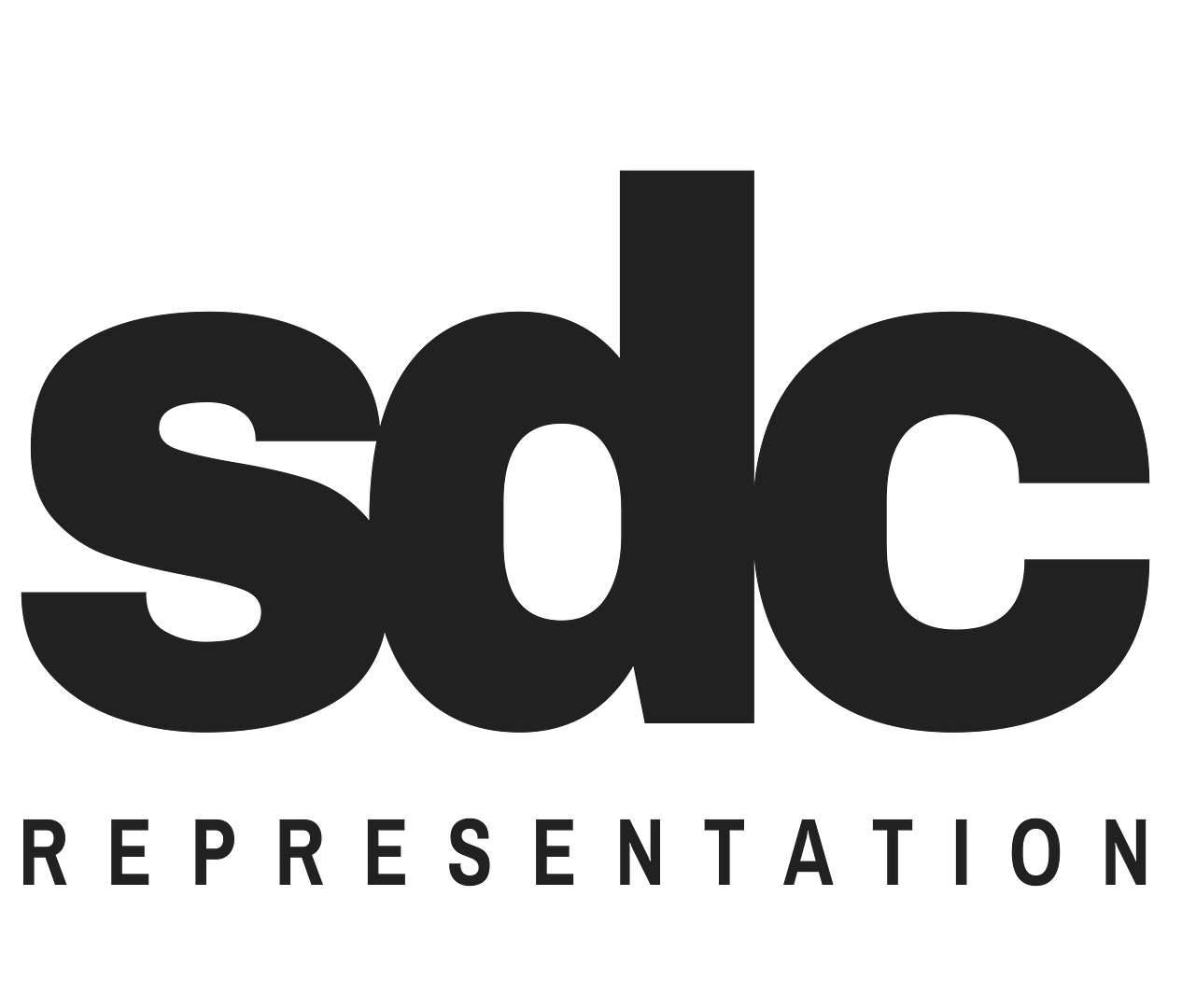Why would you choose a high-end video conferencing when there are solutions that are free or inexpensive?
- Interoperability— Polycom systems allow for different manufacturer’s video conferencing equipment to be connected with each other (e.g., a Polycom system can connect to a TANDBERG system, or a phone, tablet, laptop). Skype limits the end user to connecting only with other Skype users.
- Video + Audio-– Polycom systems allow for participants to connect in a mixed environment. It doesn’t matter whether most are on video, audio only, or any mixture thereof. Skype, for example, requires everyone to connect in the same way – through video (computers) only.
- Video + Audio + Content — Same problem as above; you cannot post or control your shared content and display.
- End point limitations — Polycom systems allow an unlimited number of endpoints, with the system growing as your organization grows. Skype still has a 30 call limit. No scalability yet.
- Audio Quality — Polycom systems offer a crisp, clear audio. Skype audio is often muddy, and doesn’t feature an echo canceller. This alone may kill the deal for some users, as odd delays make it almost impossible to keep from talking over one another and the moderator. It is for that reason that most participants use headsets..
- Video Quality — Polycom offers clean SD or HD video and will even recover lost packets, with no lag time. Skype is still subject to noticeable delay in the transmission.
- Security — Polycom solutions run over the clients secure network, including encryption. Skype does not offer security. The risk is that unsecure conferences can be compromised.
Skype lacks:
- scheduling, one touch contact management, network bandwidth management
Polycom has:
- 24×7 proactive meeting monitoring, which helps make sure your technology is running smoothly and ready for impromptu conferences; includes a daily evaluation of system performance
- Fault management provides a single-point-of-contact for fast resolution to any challenges that might occur during a call; gives access to a robust Web portal for real-time ticket status and ad hoc ticket reporting
- Solution usage reporting provides a complete listing of immersive telepresence conference activity for each individual suite, helping you understand your ROI and increase the use and adoption of your solution
- Reservations and scheduling makes certain immersive telepresence and infrastructure resources are available to support the meeting
Conclusions?
Free services work fine for startups and guerrilla style teleconferencing, or social conferencing.
Free services work as end points for existing enterprise systems, but are not in the market to provide enterprise style teleconferencing.
There are good reasons to spend the money to put infrastructure and systems into use. Those include efficiency, reliability, security, documenting and dispersing knowledge throughout an organization.
